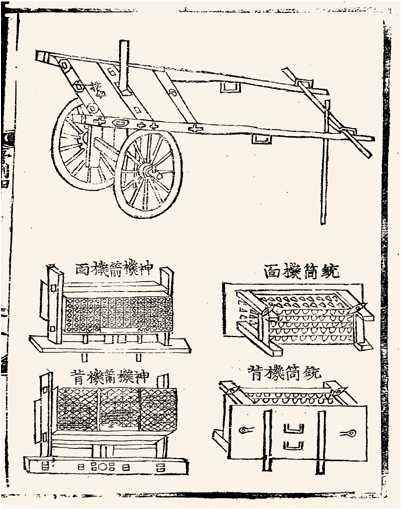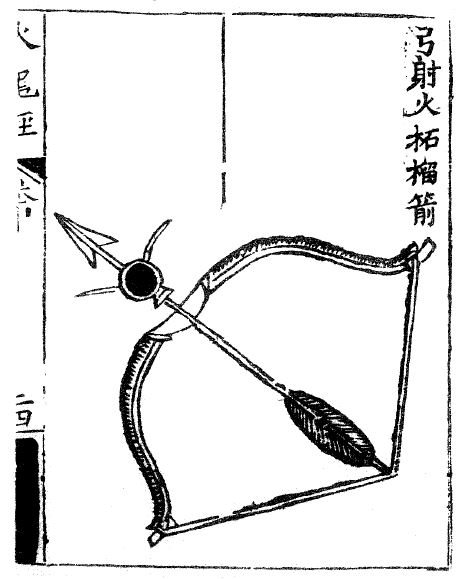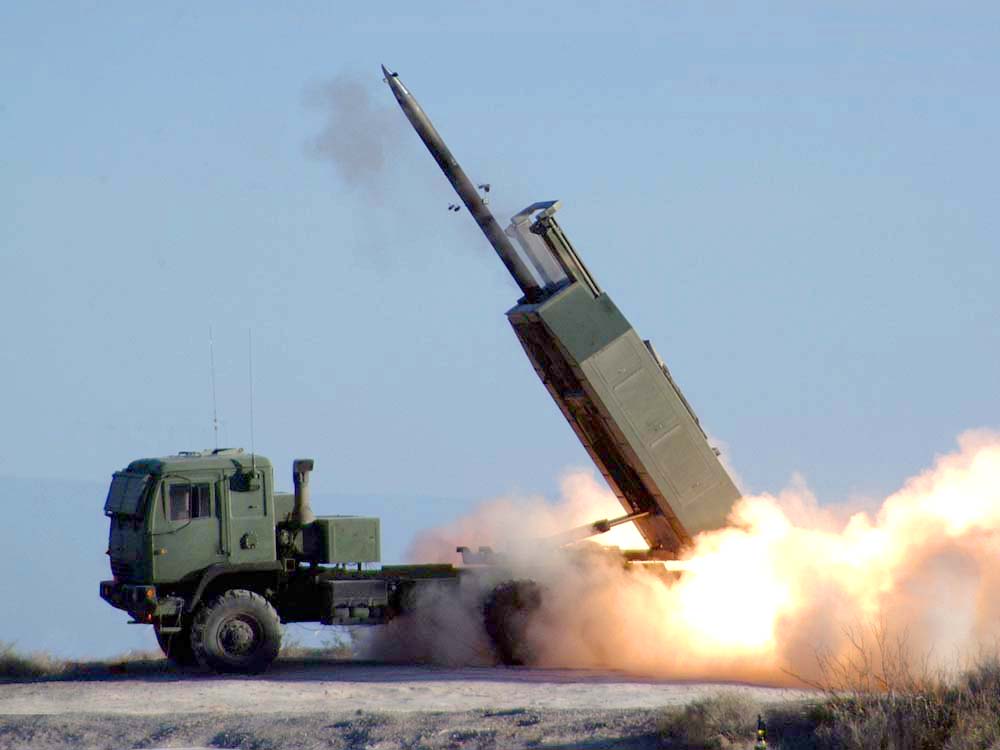|
Choe Mu-seon
Choe Mu-Seon (1325–1395) was a medieval Korean scientist, inventor, and military commander during the late Goryeo Dynasty and early Joseon Dynasty. He is best known for enabling Korea to domestically produce gunpowder by obtaining a recipe for the Chinese commodity from a Chinese merchant, as well as inventing various gunpowder-based weapons in an attempt to repel the wokou pirates that plundered coastal regions of the Korean Peninsula. Life Choe was born into a wealthy family in Yeongcheon, Gyeongsang province; his father was an official in the administration. He qualified to be a military officer through civil service examination. The government's control of Goryeo was crumbling, and at the same time the pirates crossing the Korean Strait plundered much of the coastal regions. In the southern part of the nation, pirates even marched deep inland, causing havoc. The Goryeo government was not able to ensure security, despite the efforts of generals Yi Song Gye and Ch ... [...More Info...] [...Related Items...] OR: [Wikipedia] [Google] [Baidu] |
Choi (Korean Name)
Choi is a Korean family surname. As of the South Korean census of 2015, there were around 2.3 million people by this name in South Korea or roughly 4.7% of the population. In English-speaking countries, it is most often anglicized ''Choi'', and sometimes also ''Chey'', ''Choe'' or ''Chwe''. Ethnic Koreans in the former USSR prefer the form ''Tsoi'' (''Tsoy'') especially as a transcription of the Cyrillic Цой. Origin *According to Samguk Sagi, the Gyeongju clan originates from chief Sobeoldori (소벌도리, 蘇伐都利) of Goheochon (고허촌, 高墟村), one of six villages that united to found Silla; The Gyeongju clan traces their origin back to Choi Chiwon (857–10th century), a noted Korean scholar, philosopher, and poet of the late Unified Silla period (668–935). *One theory of origin suggests that Haeju clan's progenitor Choi Choong (최충, 崔沖, 984–1068) was given the surname 崔 during the reign of Goryeo king Mokjong. *The progenitor of the Chungju cl ... [...More Info...] [...Related Items...] OR: [Wikipedia] [Google] [Baidu] |
King Gongmin Of Goryeo
Gongmin of Goryeo (23 May 1330 – 27 October 1374), also known by his Mongolian language, Mongolian name, Bayan Temür., was 31st ruler of Goryeo from 1351 to 1374. He was the second son of Chungsuk of Goryeo, King Chungsuk. Biography Early life Goryeo had been a semi-autonomous vassal state Goryeo under Mongol rule, under the overlordship of the Mongol Yuan dynasty since the Mongol invasions of Korea in the 13th century. Starting with Chungnyeol of Goryeo, King Chungnyeol, prospective rulers of Korea married Mongolian princesses and were customarily sent to the Yuan Court, in effect, as hostages. As per this custom, King Gongmin spent many years in the Yuan court, being sent there in 1341, before ascending the Korean throne. He married a Mongolian princess who became Queen Noguk. The Yuan dynasty began to crumble during the mid-14th century, and was eventually conquered and replaced by the Ming dynasty in 1368. Reign With the disintegration of Yuan, which had forcibly allie ... [...More Info...] [...Related Items...] OR: [Wikipedia] [Google] [Baidu] |
Hwacha
The ''hwacha'' or ''hwach'a'' ( ko, 화차; Hanja: ; literally "fire cart") was a multiple rocket launcher and an organ gun of similar design which were developed in fifteenth century Korea. The former variant fired one or two hundred rocket-powered arrows while the latter fired several dozen iron-headed arrows or bolts out of gun barrels. The term was used to refer to other war wagons or other cart-based artillery in later periods, such as that developed by Byeon Yijung in the 1590s. These weapons were notably deployed in the defense of the Korean Peninsula against the invading Japanese when they invaded in the 1590s. Some East Asian historians believe this technological breakthrough, alongside the turtle ship in the mid-16th century, had a distinctive effect during the war. Today, hwachas appear in Korean museums, national parks, and popular culture. History Early firearms Firearms were recognized by Goryeo military leaders as being of utmost importance in national ... [...More Info...] [...Related Items...] OR: [Wikipedia] [Google] [Baidu] |
Singijeon
''Singijeon'' or ''shinkichon'' ( ko, 신기전; Hanja: ; literally "Divine machine arrows") was a type of Korean fire arrow rocket, used during the era of the Joseon Dynasty (1392–1897). Multiple ''singijeon'' could be launched by ''hwacha'' (multiple rocket launcher). History During the late 14th century, in order to gain ascendancy at sea against Japanese pirates (''wokou'', also known as ''waegu'' in Korean), fire arrows called ''hwajeon'' or ''hwajon''( ko, 화전) were used, which would become the predecessor of the ''singijeon''. The Koreans had tried to acquire rockets and gunpowder and their production methods from China. The Chinese, however, regarded the technology of gunpowder as a state secret and restricted access to it and trade in its nitrous raw materials (which could only be found in China). The Koreans therefore sought to acquire the manufacturing secrets of gunpowder for themselves and, in 1374 (~1376), Choe Mu-seon was able to bribe a Han Chinese merchan ... [...More Info...] [...Related Items...] OR: [Wikipedia] [Google] [Baidu] |
Fire Arrow
Fire arrows were one of the earliest forms of weaponized gunpowder, being used from the 9th century onward. Not to be confused with earlier incendiary arrow projectiles, the fire arrow was a gunpowder weapon which receives its name from the translated Chinese term ''huǒjiàn'' (火箭), which literally means fire arrow. In China a 'fire arrow' referred to a gunpowder projectile consisting of a bag of incendiary gunpowder attached to the shaft of an arrow. Fire arrows are the predecessors of fire lances, the first firearm. Later rockets utilizing gunpowder were used to provide arrows with propulsive force and the term ''fire arrow'' became synonymous with rockets in the Chinese language. In other languages such as Sanskrit 'fire arrow' (''agni astra'') underwent a different semantic shift and became synonymous with 'cannon'. Design Although the fire arrow is most commonly associated with its rocket mechanism, it originally consisted of a pouch of gunpowder attached to an arrow. ... [...More Info...] [...Related Items...] OR: [Wikipedia] [Google] [Baidu] |
Military Of The Goryeo Dynasty
The Military of the Goryeo Dynasty was the primary military force of the Goryeo Dynasty. During the Later Three Kingdoms Period, Wang Geom overthrew the Taebong ruler, Gung Ye, and renamed it Goryeo after the Goguryeo Dynasty. He led the kingdom's armies and navies against Silla and Later Baekje and unified the peninsula. Goryeo was able to mobilize sizable military might during times of war. In the early period, the army was known for successfully defending the northern borders from the Khitans and the Jurchens. But the Imperial Court and the official scholars mistreated the military and overthrew the emperor, establishing a military regime that lasted a century. In the middle period, the army was also known for repelling the Mongol Empire until they capitulated after the ninth invasion, reducing the emperor to the status of king. The military regime opposed Mongol rule until the royal court overthrew them under their direction. The Sambyeolcho Army revolted against the Mongols i ... [...More Info...] [...Related Items...] OR: [Wikipedia] [Google] [Baidu] |
Multiple Rocket Launcher
A multiple rocket launcher (MRL) or multiple launch rocket system (MLRS) is a type of rocket artillery system that contains multiple launchers which are fixed to a single platform, and shoots its rocket ordnance in a fashion similar to a volley gun. Rockets are self-propelled in flight and have different capabilities than conventional artillery shells, such as longer effective range, lower recoil, typically considerably higher payload than a similarly sized gun artillery platform, or even carrying multiple warheads. Unguided rocket artillery is notoriously inaccurate and slow to reload compared to gun artillery. A multiple rocket launcher helps compensate for this with its ability to launch multiple rockets in rapid succession, which, coupled with the large kill zone of each warhead, can easily deliver saturation fire over a target area. However, modern rockets can use GPS or inertial guidance to combine the advantages of rockets with the higher accuracy of precision-guided mu ... [...More Info...] [...Related Items...] OR: [Wikipedia] [Google] [Baidu] |
Hwacha
The ''hwacha'' or ''hwach'a'' ( ko, 화차; Hanja: ; literally "fire cart") was a multiple rocket launcher and an organ gun of similar design which were developed in fifteenth century Korea. The former variant fired one or two hundred rocket-powered arrows while the latter fired several dozen iron-headed arrows or bolts out of gun barrels. The term was used to refer to other war wagons or other cart-based artillery in later periods, such as that developed by Byeon Yijung in the 1590s. These weapons were notably deployed in the defense of the Korean Peninsula against the invading Japanese when they invaded in the 1590s. Some East Asian historians believe this technological breakthrough, alongside the turtle ship in the mid-16th century, had a distinctive effect during the war. Today, hwachas appear in Korean museums, national parks, and popular culture. History Early firearms Firearms were recognized by Goryeo military leaders as being of utmost importance in national ... [...More Info...] [...Related Items...] OR: [Wikipedia] [Google] [Baidu] |
Singijeon
''Singijeon'' or ''shinkichon'' ( ko, 신기전; Hanja: ; literally "Divine machine arrows") was a type of Korean fire arrow rocket, used during the era of the Joseon Dynasty (1392–1897). Multiple ''singijeon'' could be launched by ''hwacha'' (multiple rocket launcher). History During the late 14th century, in order to gain ascendancy at sea against Japanese pirates (''wokou'', also known as ''waegu'' in Korean), fire arrows called ''hwajeon'' or ''hwajon''( ko, 화전) were used, which would become the predecessor of the ''singijeon''. The Koreans had tried to acquire rockets and gunpowder and their production methods from China. The Chinese, however, regarded the technology of gunpowder as a state secret and restricted access to it and trade in its nitrous raw materials (which could only be found in China). The Koreans therefore sought to acquire the manufacturing secrets of gunpowder for themselves and, in 1374 (~1376), Choe Mu-seon was able to bribe a Han Chinese merchan ... [...More Info...] [...Related Items...] OR: [Wikipedia] [Google] [Baidu] |
King U
U of Goryeo (25 July 1365 – 31 December 1389) ruled Goryeo (Korea) as the 32nd king from 1374 until 1388. He was the only son of King Gongmin. Cultural background In the thirteenth century, Mongol forces had invaded China and established the Yuan dynasty in 1271. After a series of Mongol invasions, Goryeo eventually capitulated and entered into a peace treaty with the Yuan dynasty, in which Goryeo was subordinate tributary state to China. The Ming dynasty in China had grown extremely powerful during the 14th century, however, and it began to beat back the Yuan forces, so that by the 1350s Goryeo had managed to regain its northern territories and took back the Liaodong region. Birth According to the records, U was reportedly born to slave girl Banya, a maid of the monk Shin Don, and King Gongmin. Because Gongmin initially denied the child as his son and refused to name him, Shin Don took it upon himself and named the boy Monino (meaning ''"servant of Buddha"''). As a result of ... [...More Info...] [...Related Items...] OR: [Wikipedia] [Google] [Baidu] |
Niter
Niter or nitre is the mineral form of potassium nitrate, KNO3. It is a soft, white, highly soluble mineral found primarily in arid climates or cave deposits. Historically, the term ''niter'' was not well differentiated from natron, both of which have been very vaguely defined but generally refer to compounds of sodium or potassium joined with carbonate or nitrate ions. Characteristics Niter is a colorless to white mineral crystallizing in the orthorhombic crystal system. It is the mineral form of potassium nitrate, , and is soft (Mohs hardness 2), highly soluble in water, and easily fusible. Its crystal structure resembles that of aragonite, with potassium replacing calcium and nitrate replacing carbonate. It occurs in the soils of arid regions and as massive encrustations and efflorescent growths on cavern walls and ceilings where solutions containing alkali potassium and nitrate seep into the openings. It occasionally occurs as prismatic acicular crystal groups, and ind ... [...More Info...] [...Related Items...] OR: [Wikipedia] [Google] [Baidu] |
Potassium Nitrate
Potassium nitrate is a chemical compound with the chemical formula . This alkali metal nitrate salt is also known as Indian saltpetre (large deposits of which were historically mined in India). It is an ionic salt of potassium ions K+ and nitrate ions NO3−, and is therefore an alkali metal nitrate. It occurs in nature as a mineral, niter (or ''nitre'' in the UK). It is a source of nitrogen, and nitrogen was named after niter. Potassium nitrate is one of several nitrogen-containing compounds collectively referred to as saltpeter (or ''saltpetre'' in the UK). Major uses of potassium nitrate are in fertilizers, tree stump removal, rocket propellants and fireworks. It is one of the major constituents of gunpowder (black powder). In processed meats, potassium nitrate reacts with hemoglobin and myoglobin generating a red color. Etymology Potassium nitrate, because of its early and global use and production, has many names. Hebrew and Egyptian words for it had the consonants n-t-r ... [...More Info...] [...Related Items...] OR: [Wikipedia] [Google] [Baidu] |




